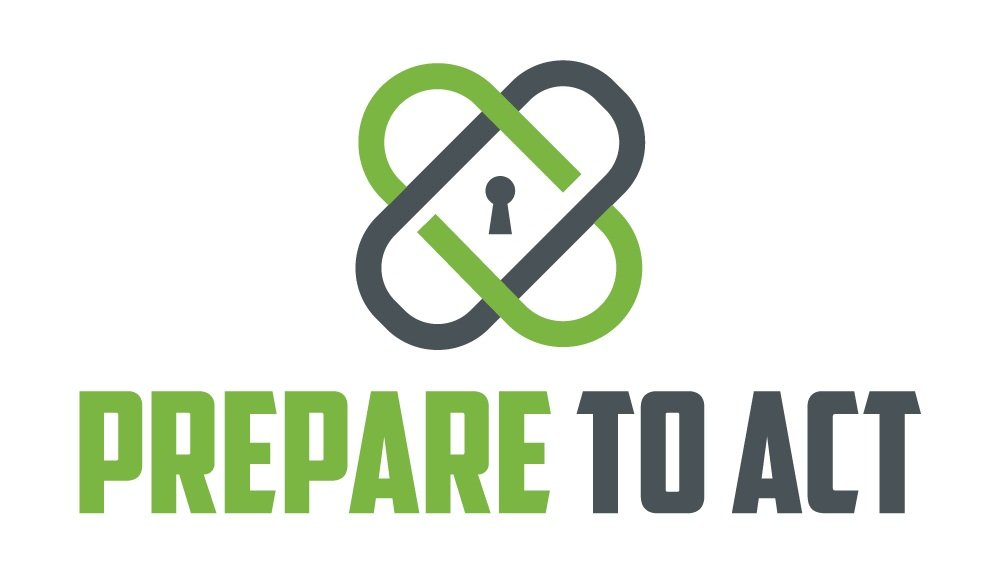Workplace Safety Protocols: Comprehensive Guidelines for a Culture of Safety
Establishing a Culture of Safety with Comprehensive Workplace Safety Protocols
In high-stakes environments like healthcare and other public-facing industries, workplace safety is crucial. Implementing strong safety protocols not only protects employees and clients but also builds a foundation of trust and reliability within an organization. This guide offers comprehensive guidelines on workplace safety protocols to help establish a culture of security and ensure compliance with Public Act 24-19.
Our Scrubs & Beyond program provides organizations with the tools and training to develop, implement, and maintain effective safety protocols tailored to their specific needs.
Core Elements of Workplace Safety Protocols
Workplace safety protocols should cover all aspects of daily operations, from basic risk assessments to detailed emergency response strategies. Below are key elements essential to building a robust safety framework:
1. Risk Assessment and Hazard Identification
Routine Assessments: Conduct regular risk assessments to identify potential hazards within the workplace. This may include assessing equipment, patient areas, and staff workflows for any safety risks.
Hazard Reporting: Establish a clear system for employees to report potential hazards or concerns to supervisors and safety officers without fear of retaliation.
Ongoing Evaluation: Regularly re-evaluate protocols to adapt to any new safety challenges or changes in the work environment.
2. Incident Reporting and Documentation
Clear Reporting Guidelines: Implement easy-to-follow reporting guidelines for any workplace incidents or near misses.
Incident Documentation: Ensure thorough documentation of each incident, including date, time, location, individuals involved, and actions taken.
Analysis and Review: Periodically review incident reports to identify trends or recurring issues, using insights to improve protocols.
3. Emergency Response Preparedness
Evacuation Plans: Develop and communicate evacuation plans specific to each location, ensuring that all employees know exit routes and safe gathering points.
Drills and Practice Scenarios: Regularly conduct fire, disaster, and active threat drills to help staff respond confidently and quickly.
Emergency Supplies and First Aid: Stock and maintain emergency supplies, including first aid kits, fire extinguishers, and communication tools, in accessible areas.
4. Training and Education for Staff
Orientation Training: Provide all new employees with a comprehensive orientation covering safety protocols, emergency procedures, and hazard reporting.
Ongoing Education: Offer regular training sessions, including refresher courses and updated information on safety standards.
Hands-On Practice: Incorporate hands-on practice sessions, especially for critical safety skills like CPR, evacuation procedures, and de-escalation techniques.
5. Personal Protective Equipment (PPE) Protocols
Proper Usage Training: Ensure employees know how to properly use, maintain, and dispose of PPE based on their specific roles.
Routine Checks and Replacements: Regularly inspect PPE supplies for damage or expiration, replacing as needed to maintain optimal safety.
PPE Guidelines and Compliance: Clearly post PPE usage guidelines in relevant areas to remind employees of the required standards for their tasks.
6. Health and Wellness Support Programs
Mental Health Resources: Offer access to mental health support programs, counseling services, and peer support groups to promote emotional resilience.
Workload Management: Monitor staff workloads to prevent burnout, ensuring adequate breaks and a healthy work-life balance.
Physical Wellness Initiatives: Encourage physical wellness through ergonomic support, safe lifting techniques, and resources for managing physical stress.
How Scrubs & Beyond Supports Workplace Safety Protocols
At Scrubs & Beyond, we are committed to providing healthcare and public-facing organizations with tools that align with Public Act 24-19 standards. Our training programs are designed to equip staff with essential skills in areas such as:
De-escalation and Situational Awareness: Strategies for recognizing and managing potential threats.
Self-Defense and Crisis Response: Hands-on techniques to protect oneself and respond effectively in crisis situations.
Resilience and Mental Wellness: Resources that support emotional resilience and well-being in high-stress environments.
Learn more about our comprehensive training programs.
Implementing Workplace Safety Protocols: Actionable Steps
Implementing safety protocols is only effective when done consistently and thoughtfully. Here are actionable steps to ensure these protocols become an integral part of your organization’s culture:
Conduct Initial and Ongoing Training: Start with a comprehensive training session for all staff, then offer periodic refresher courses.
Designate Safety Leads: Assign trained personnel to lead safety initiatives and serve as points of contact for safety-related questions.
Establish Clear Communication Channels: Make it easy for staff to access protocol information and report any safety concerns immediately.
Monitor and Adjust Protocols: Regularly review safety protocols for effectiveness, using incident data and feedback to make improvements.
Compliance with Public Act 24-19
Organizations subject to Public Act 24-19 must demonstrate adherence to workplace safety standards through structured training and proactive risk management. Compliance with this act protects both employees and the organization by minimizing risks and ensuring a safer work environment.
Learn more about how Scrubs & Beyond can support Public Act 24-19 compliance.
Take the First Step Toward a Safer Workplace
Ready to establish a culture of safety that aligns with best practices and legal standards? Scrubs & Beyond provides the training and resources needed to implement effective workplace safety protocols, reduce risk, and foster an environment where everyone feels secure.
